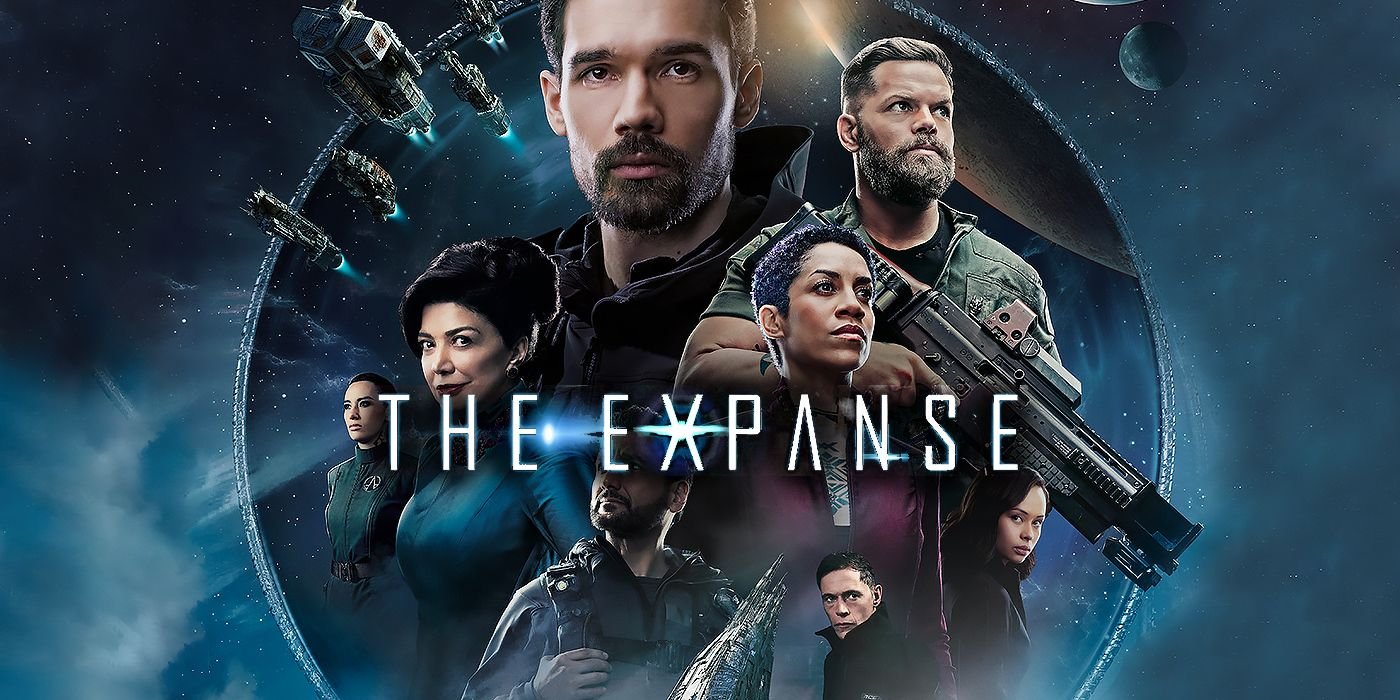I’ve been a little down on Star Wars lately.
The Abrams-Johnson-Abrams story hand-off in the sequel movie trilogy still pisses me off. Have a meeting and work your shit out, K? That’s what professionals do.
Mando is fun in a Saturday morning cartoon / western sort of way. I wanted to throw something at my TV at parts of The Book of Bo-bo. Kenobi was at least partially broken in the Editing Bay, though there is a pretty good fan-edit that fixes the pacing and re-assembles it as a movie instead of a clunky serial. So, I was frankly surprised how good Andor is. It is … Empire Strikes Back, good. (Yeah, I was skeptical, too)
I can’t really blame those who have passed on watching Andor considering recent installments out of Mickey’s Star Wars film factory. A TV Series about a not-particularly interesting secondary character from a prequel-one-off that hit theaters 6 years ago.. How could this possibly be any good? If it wasn’t for the persistent praise of friends and reviewers with similar taste, I’d likely have skipped it too.
I’ve heard it said that many of the Disney Plus Star Wars shows are like John Favreau and friends playing with their Star Wars toys; smashing them together and having fun. With Andor, Tony Gilroy puts the toys away and explores the moral perils of a burgeoning rebellion, the inner workings of a galactic bureaucracy, the thin line that separates revolution and terrorism, imperial control and cultural dominance. Don’t get me wrong, there is room and audience for both lanes: The Toy box and the Assasination of Archduke Franz Ferdinand.
NSFW The Critical Drinker’s Review of Andor that puts it into perspective better than I can…
Andor is a 12-episode series on Disney Plus that is structured (more or less) into 4 related mini-arcs. It is a dense show and not conducive to play with your phone second-screen shenanigans. The good parts are wrapped with neon arrows and may not be evident until the story develops.
The initial episodes lay groundwork for the conclusion and in the moment, they felt to me like a slow burn. I’ll admit that up through about episode 4 or 5 I wasn’t really getting what the buzz was about. By 6, I was sold and the show just amps up in every way until the final scenes, which pay off the initial setup episodes.
Reprising his role as the (not yet) rebel spy Cassian Andor, Diego Luna provides a stable through-line character for the series. Though much like in Breaking Bad and similar modern anti-hero dramas the supporting characters elevate the overall experience. I don’t want to say Cassian takes a back seat in his own show rather they know how to use him and when to cut away. There is a brief finale after-credit scene that pays off an assumption most astute-viewers will make that tie this series back to Andor’s final moments in Rogue One.
Genevieve O'Reilly reprises her role as Mon Mothma and this time she isn’t relegated to battle briefings. Her subtle character work, poise and grace make for a terrific performance. Her political machinations within the imperial power structure and viewer knowledge of the cost of her choices make for great television. Stellan Skarsgård plays Luthen Rael, a pre-rebellion co-conspirator and art / antiquities dealer. Watching him switch between an art-dealer and bit of a dandy to a menacing revolutionary is quite the spectacle. If you’ve seen Skarsgård in Chernobyl, you know what I‘m talking about. When he switches on the gravitas, his performance (and his ship) are my favorite moments of the series.
About late mid-season, Andy Serkis makes and appearance and without spoiling anything: holy crap, he’s awesome. Really, everyone turned in exceptional performances by any standard much less by Star Wars standards. I’m leaving other characters out in the interest of brevity that frankly deserve discussion but…. maybe later.
The writing and dialog on this show are the best I’ve seen in Star Wars and top contenders across modern drama, television and streaming content. Andor isn’t going to beat Breaking Bad, The Leftovers, The Wire on prestige drama pantheon but it belongs in that category, which is a strange thing to say for the same intellectual property that brought us Tatooine Vespa gangs and Luke milking a space-Walrus.
My Pitch
If you are looking for a more textured and complex story in the Star Wars Universe that is somewhat divorced from dogmatic-preachy Jedi, sniveling Skywalker descendants and Cackling Sith - give this show a try.
.
.
.
.
… If you require further evidence, here’s a clever edit from a Luthen speech overlayed from other clips so that it obfuscates spoilers…











